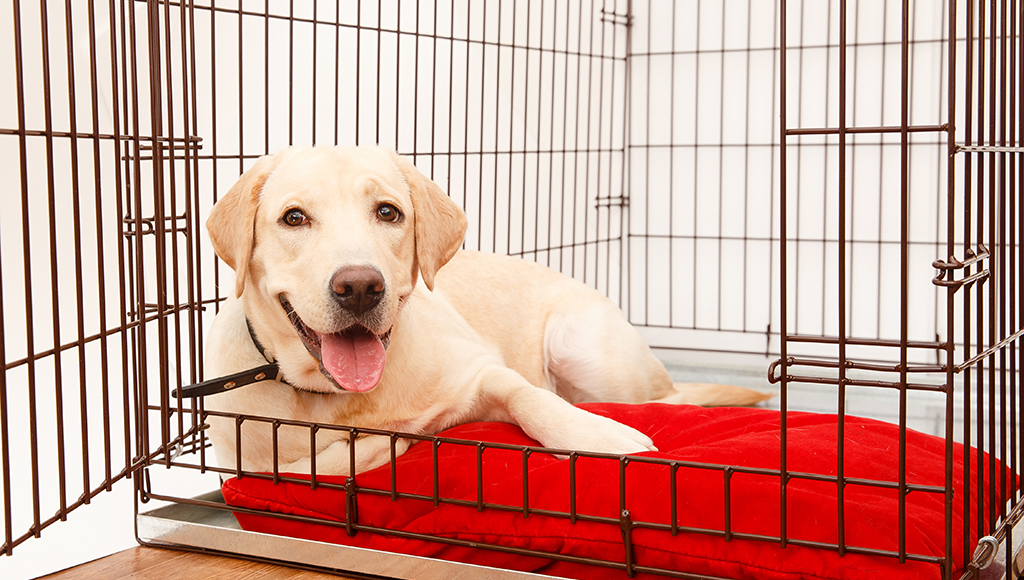Crate training is in an important part of dog ownership. Many think that it is mean or cruel to crate a dog. That is only true if the crate is used as a form of punishment. However, that is not what creating dogs was meant for. A crate should NEVER be used as punishment!
Dogs are den animals. They like being in their “den” or safe haven. The primary purpose of a crate is for housetraining. Dogs don’t like to soil in their dens. A crate is also great to help prevent destructive behavior that often occurs as a result of separation anxiety. It also helps to create boundaries and establish human leadership.
The key to crate training is creating a warm, cozy environment where your pooch feels safe. Many dogs love their crates so much, they spend time in it even when they don’t have to.
The important part of crate training is to make it a positive experience for your dog. It is important that he or she knows that they can get out. Here are some tips to help your dog love his or her crate:
-
Give your dog his or her meals in the crate. This will create a positive association with the crate, especially if your dog is food motivated. Do this for about a week with the door open, then start closing the door while they’re eating. Their food will distract them from the door being closed. Open the door and let them out when they’re done so they know they can get out. Gradually increase the time that your dog is in there with the door closed and remain nearby.
-
Play the treat game- throw treats in the crate. Let your dog go in and get the treat then come back out. Do this a couple times a day for 10 or 15 minutes. After a few days, you can close the door and leave your dog in there for a few minutes, giving them treats and praises while they’re in there. You can gradually increase the amount of time that the door is closed.
-
Play fetch – similar to the treat game, throw a tennis ball or your dog’s favorite toy in the crate. Let them go in and retrieve it. This creates a fun experience for your dog and gives him or her a little exercise too!
-
Use a verbal command to enter their crate such as “kennel” or “puppy bye byes” – whatever works.
Once your dog will stay quietly in the crate for about 30 minutes without becoming anxious or afraid with you mostly out of sight, you can begin leaving them crated when you’re gone for short time periods of time. Continue to crate your dog when you are home so they don’t associate the crate with being left alone. We recommend covering the crate with a towel or blanket to create a den-like atmosphere.
We all love to sleep with our pups, but it is recommended that you crate your dog at night, especially in the beginning. Put the crate in or near your bedroom so he or she knows you’re there. This is especially important for a puppy since puppies aren’t yet potty trained and will often need to go potty in the middle of the night. Keeping them nearby will allow you to hear them if they start whining, needing to go outside. Keeping the crate near you at night is also important for seniors so they don’t associate the crate with social isolation.
Your dog may bark or whine until he or she is fully crate trained. DON’T GIVE IN! This will only reinforce unwanted behavior. Depending upon the dog, it could take days or a few weeks to be completely crate trained.
**Make sure your dog is fully crate trained before leaving him or her for an extended period of time (no more than a few hours). You wouldn’t want your dog to become stressed and injure him or herself in an attempt to escape.
As mentioned before, crate training can help with separation anxiety once your dog is completely crate trained. However, if your dog has serious anxiety you may want to consult with a dog trainer or animal behavior specialist.


Recent Comments